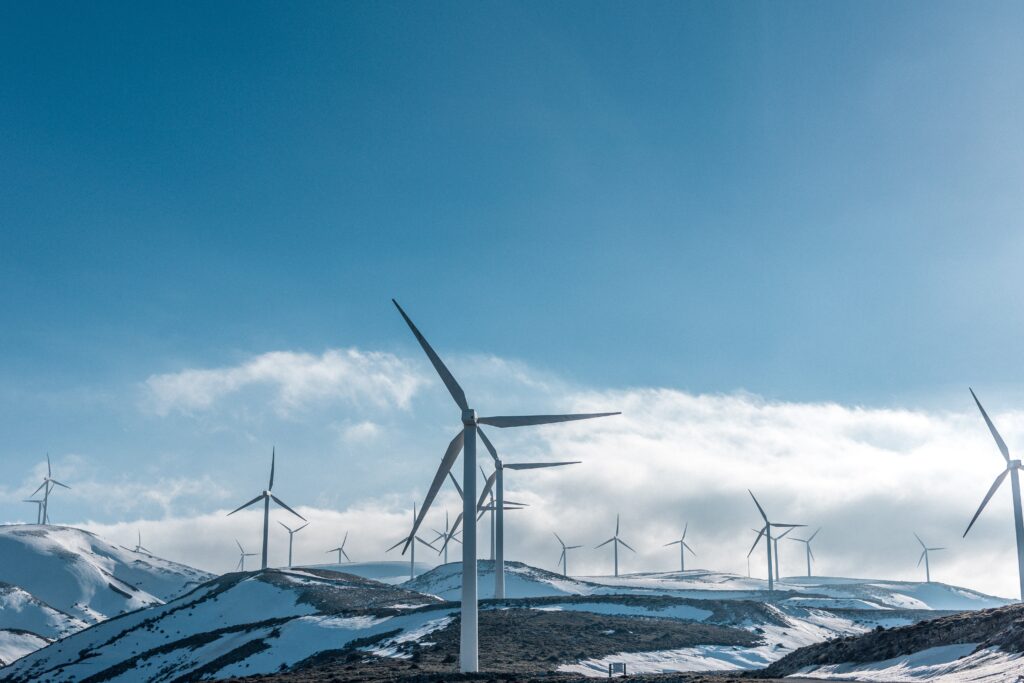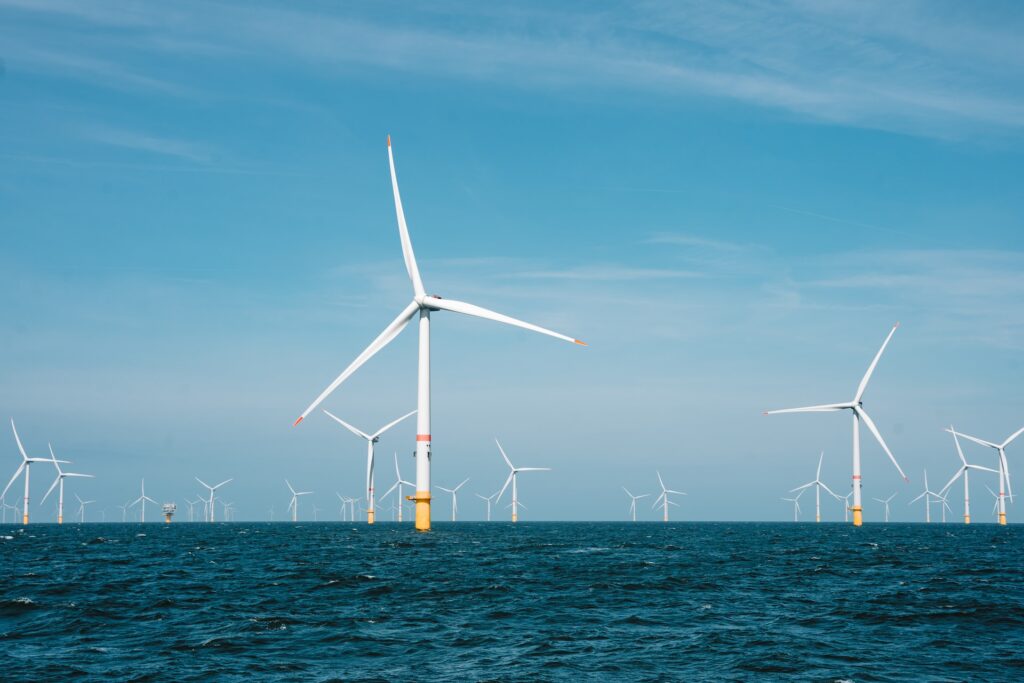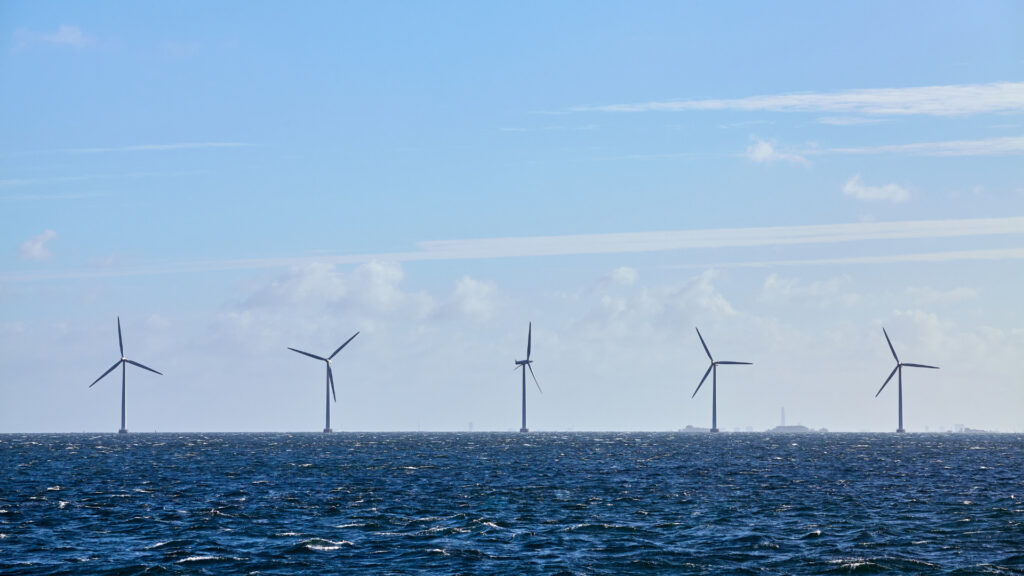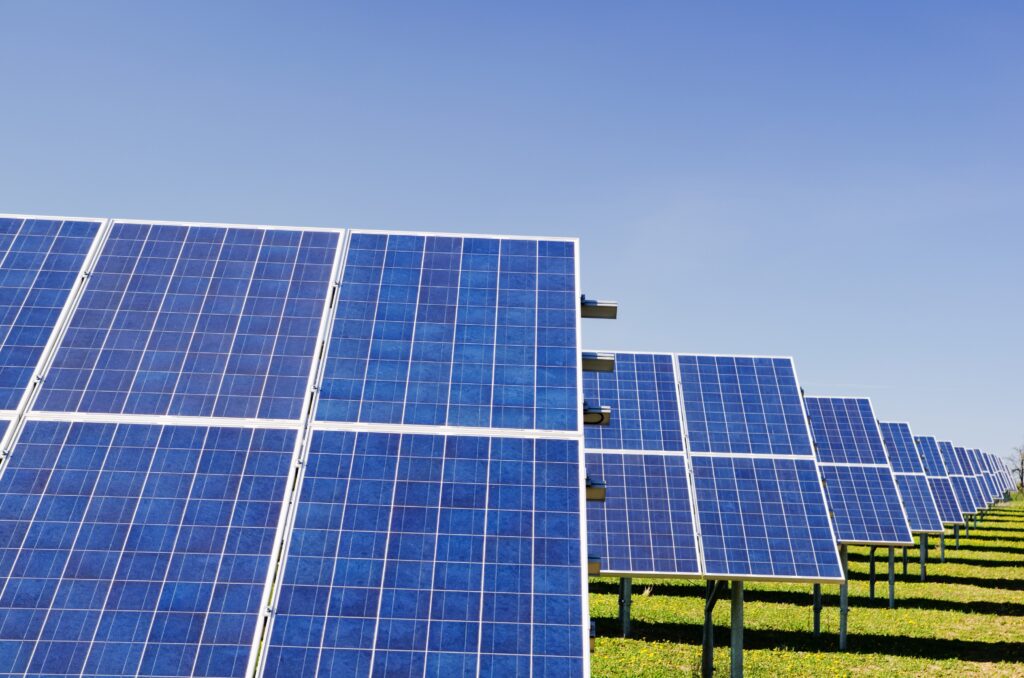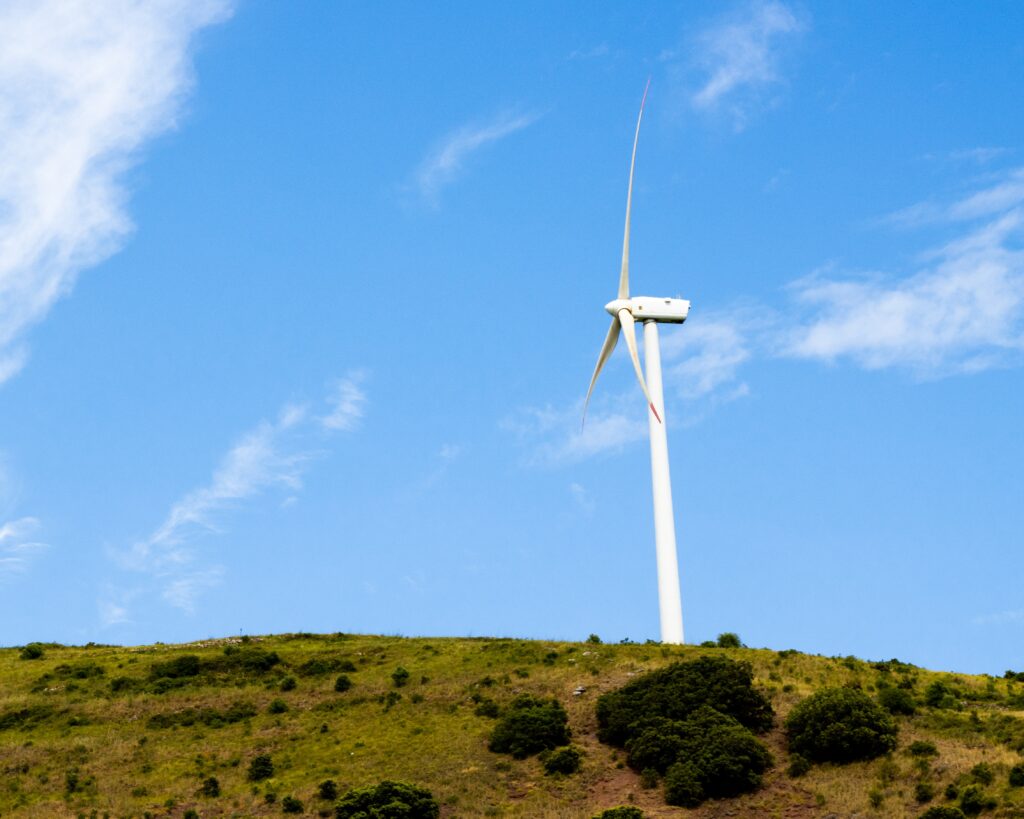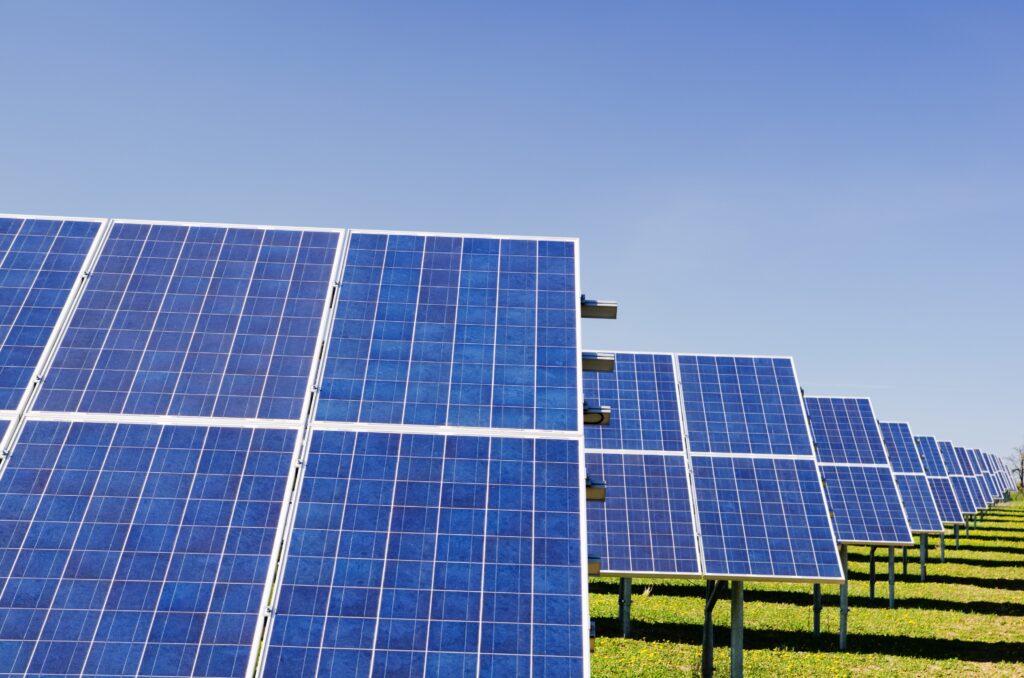07.02.2023
Practice Areas: Public and Environment
Industries: Energy & Natural Resources
Type: Articles
Offshore wind | State of play and pathways into the future
- Introduction
The imperatives of energy transition as the most important tool of this decade for the decarbonization of societies and economic activity alike demand multiple, complex and innovative technical and economic solutions. The universally mentioned lack of dispatchability of renewable power, from where oceans of ink have been spilled expressing technical and economical concerns, was answered with a plethora of storage solutions. It is now time to increase renewable generation capacity; the challenge posed to states is to balance socioeconomic need with other – natural, environmental, spatial planning, among so many other – public interests in an integrated, rational and sustainable manner. Diversifying renewable energy sources brings about an added benefit to system-wide stability, in and of itself fighting the relative generation uncertainty through supply diversification.
It is in this context that the Portuguese Government has targeted a goal of 10 GW of offshore generation capacity by the end of this decade. With 7,1 GW of installed hydro, 5,6 GW of wind power generation, and 1,7 GW of photovoltaic generation[1], this additional capacity – to which one must add on the additional photovoltaic generation capacity already awarded in the 2019 and 2020 solar auctions; the 2021 floating solar auction; as well as the competitive tender for the Pego grid injection point – shall constitute a significant leap towards the goal of powering 80% of the national power consumption with renewable energy by 2030, as set forth in the Pathway for Climate Neutrality 2050 (“Roteiro para a Neutralidade Carbónica 2050”) and the National Energy and Climate Plan 2030 (“Plano Nacional Energia e Clima 2030”).
- State of play
The Portuguese Government and public stakeholders have many hurdles to cross in fulfilling this policy goal. Albeit a seafaring nation with a lengthy relationship with the sea and its resources, Portugal has limited offshore energy experience, with a single innovation project – Windfloat Atlantic, with total installed capacity of 25 MW – in operation. The usage of national maritime space is a remarkably complex issue, which demands legislative, regulatory and administrative finesse in order to adequately govern all public interests in the usage of a relatively scarce resource (given the characteristics of the Portuguese sea and seabed) and the private interests of investment security.
The legislator took those needs into account when deeply revising power sector legislation. Decree-law no. 15/2022 therefore allows for sectorial legislation to be disregarded in what concerns private usage of maritime space when awarding it jointly with grid injection capacity reservation, with the Government freely deciding on the terms and conditions of the competitive tender.
Maritime space planning did not however adequately take into consideration the potential for maritime energy production, and consequently did not create any specific areas for development. Whilst national sectorial legislation does not ban these private endeavors, it is required to design and develop an affectation plan (i.e. a special maritime spatial planning document). The right to privately develop said plan is awarded on a mitigated first come, first served basis, insofar as any demonstrations of interest by other third parties for an incompatible use of the specific area shall determine that the affectation plan shall be administratively developed. Whilst abstractly possible, the preference for centralized development of these plans is apparent.
It was for that purpose that the Portuguese Government mobilized public and private stakeholders in working groups for a broad spanning report on the potential of the future policy regarding the sea. One of those groups – regarding renewable oceanic-based or sourced energies – has been collecting important inputs from all its participants, with the private sector mainly represented by APREN, the national renewable energy association.
The first direct result of the working group is the preliminary proposal for new areas of implementation for renewable energies, current under public consultation. The preliminary proposal identifies 10 potential areas for development of a centralized affectation plan, taking into account data from the National Energy and Geology Laboratory and preexisting administrative restrictions, wayleaves, as well as the relevant abiotic factors which make it impractical or too onerous to develop.
The identified areas have interesting characteristics for the development of ocean based renewable energy projects, with average wind speeds of up to 8,5 m/s, wind flow power (at 100m height) of up to 650 W/sqm, and up to 4250 h/annum of annual equivalent number of hours at full capacity. Regarding abiotic factors, offshore areas no farther than around 30 nm and a maximum bathymetry of 200 m, with an average slope of under 2º, should be taken into consideration.
For the approximately 3200 sqkm of proposed offshore area, the working group estimated a total of 10 GW of potential capacity, with an additional 1 GW from the 191 sqkm of nearshore areas.
- Near term challenges
The preliminary proposal, apart from the direct advantage of identifying the proposed areas and allowing the general public and interested stakeholders to directly to express their views, brought greater clarity on what are the Government’s intended next steps.
On one hand, it is now expressly and categorically determined that there is a need for an affectation plan of public initiative; the theoretical possibility of the aforementioned first come, first served mechanism being applied has in turn been exhausted. The decision has significant positive impacts for fulfilling competitive principles, leveling the knowledge-base of all market players on the available resources; with the tradeoff of requiring administrative decisiveness in order to captivate and sustain the interest of investors. The regulatory demand for a strategic environmental assessment brings with itself increased risks for delays, which are undesirable for the policy goals of the Government.
On the other hand, there is still great uncertainty regarding the awarding mechanism for offshore energy rights. Even though as mentioned Decree-law no. 15/2022 allows and facilitates for a joint awarding of maritime space usage rights and grid injection rights, which would both allow for a rational and economically sound awarding of public assets and goods and for a safer business decision, the multitude of models currently in use in the European and extra-european markets make for a tougher decision for policy makers and a harder to anticipate scenario for private parties. The recent and analogous experience in the 2021 floating solar auction hints at a preference for the simultaneous award of the title for private usage of maritime space, grid injection connection point and capacity and the financial terms for the supply – namely with resource to contracts for difference or other economically similar mechanisms, or alternatively market-based solutions -, but that decision still appears to be under a shroud of uncertainty.
Lastly, there is considerable systemic risk from the need for a hasty award of these rights. The stated intent of the Government to launch a competitive tender as soon as possible makes it harder to investors to study in detail the areas under discussion, possibly with in situ data collections, which usually creates a more conservative bidding pattern than what is the recent experience in the Portuguese market with the Solar Auctions.
Steady, detailed and expeditious communication from the Government regarding its intentions is therefore needed – reducing uncertainty and offering the private sector the required certainty and security so as to the pipeline of public offering, which would maximize the balancing act of environmental, economic and social benefits for public stakeholders, investors and consumers to reap in the pathway to climate neutrality in 2050.
[1] Estimations for 2021, updated in October 2022 by the Portuguese General-Directorate of Energy and Geology, in https://www.dgeg.gov.pt/pt/estatistica/energia/eletricidade/producao-anual-e-potencia-instalada/














